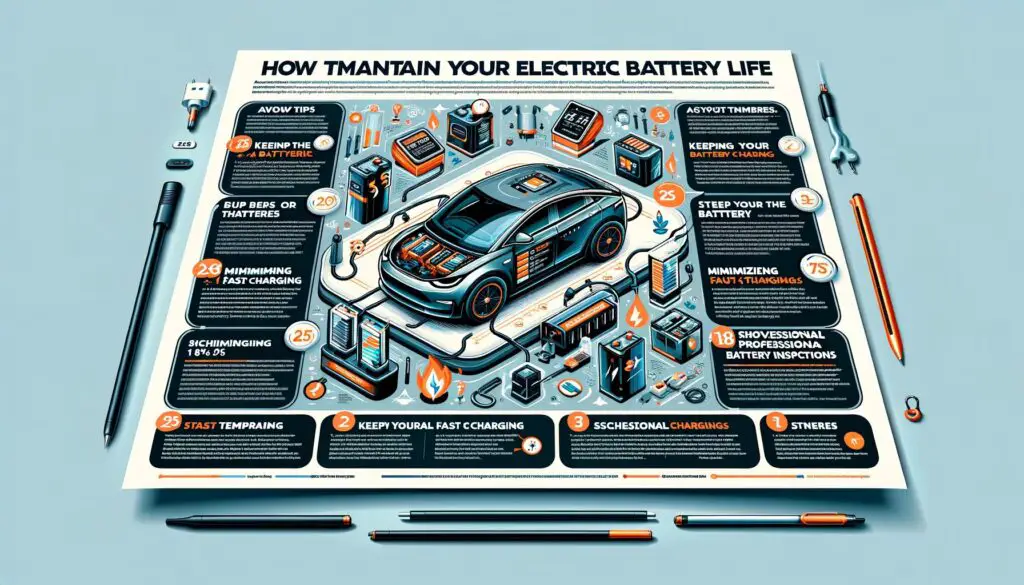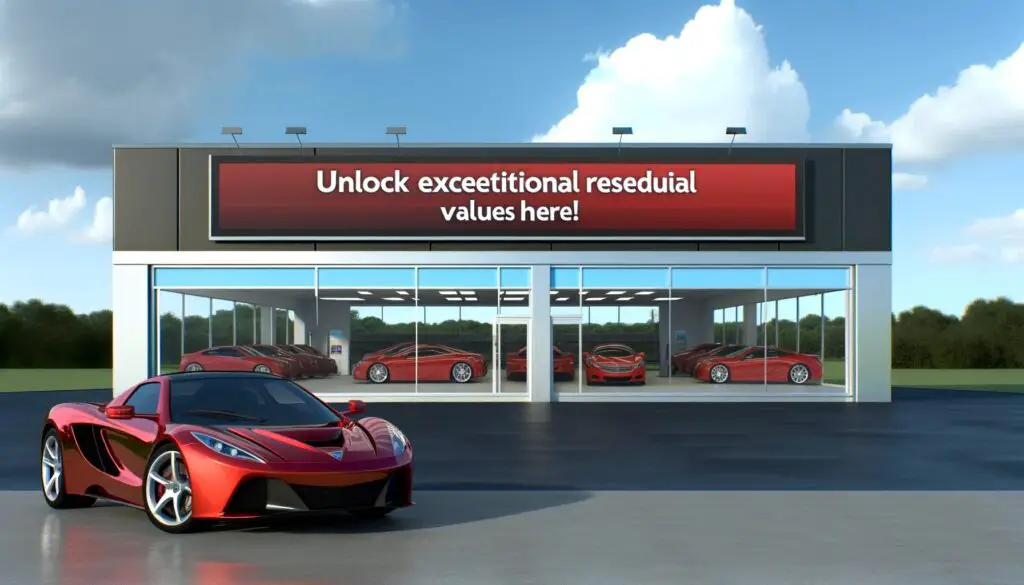In today’s rapidly evolving automotive landscape, electric vehicles (EVs) are increasingly becoming a mainstream choice for environmentally-conscious consumers. With this surge in popularity comes the need for comprehensive knowledge about maintaining electric car battery life to ensure optimal performance and longevity. In this guide, we’ll delve into the intricacies of electric car batteries and provide practical tips to help you maximize your EV’s battery health.
Understanding Electric Car Batteries
Electric vehicles predominantly utilize lithium-ion batteries, renowned for their high energy density and longevity. These batteries operate optimally within a specific temperature range and are sensitive to factors such as charging habits, temperature, and driving behavior. To ensure prolonged battery life, it’s imperative to understand and mitigate these influences.
Charging Strategies for Electric Car Battery Health
Maintaining the optimal charging regimen is essential for preserving the health and longevity of electric car batteries. In this guide, we’ll explore effective charging strategies backed by research and practical insights to ensure optimal battery performance.
Avoiding Extreme Charging
Extreme charging, especially fast charging, can induce stress on electric car batteries, leading to accelerated degradation over time. To mitigate this risk, prioritize regular, slower charging sessions instead of fast charging whenever possible. By opting for gentler charging methods, you can minimize stress on the battery and prolong its lifespan.
Optimal Charging Levels
While occasional full charges to 100% capacity can recalibrate the battery and optimize its performance, frequent full charges can contribute to premature degradation. For regular use, aim to maintain a charge level between 80-90%. Consider setting maximum charge limits or unplugging when desired charge levels are reached to prevent overcharging and minimize stress on the battery.
Preventing Deep Discharges
Deep discharges, where the battery is depleted to low levels, pose significant risks to battery health and longevity. To prevent deep discharges and prolong the battery lifespan, maintain a minimum charge level of 20-30%. By avoiding deep discharges, you can preserve battery capacity and ensure consistent performance over time.
Timed Charging
Taking advantage of off-peak hours for charging can offer several benefits, including reduced electricity costs and minimized stress on the battery. Charging during off-peak hours typically coincides with cooler temperatures, which can further alleviate thermal stress on the battery during charging sessions. By strategically timing your charging sessions, you can optimize energy efficiency and promote battery health.
In conclusion, adopting the right charging strategies is crucial for maintaining the health and longevity of electric car batteries. By avoiding extreme charging practices, maintaining optimal charge levels, preventing deep discharges, and strategically timing charging sessions, you can maximize battery performance and ensure a reliable driving experience. Prioritize these charging strategies as part of your electric car maintenance routine to optimize battery health and enhance overall driving satisfaction.
| Tips | Description |
| Avoid Extreme Temperatures | Park in the shade or garage during extreme temperatures to protect your battery. |
| Limit Fast Charging | Use fast charging sparingly to avoid degrading your battery faster. |
| Keep Charge Between 20% and 80% | Maintaining your battery’s charge level between 20% and 80% can help extend its lifespan. |
| Use Timed Charging | Set your EV to charge during off-peak hours or when temperatures are milder. |
| Minimize High-Speed Driving | Opt for moderate speeds to deplete your battery more slowly and preserve its life. |
| Regular Maintenance | Follow the manufacturer’s maintenance schedule, including battery health checks and cooling system maintenance. |
| Avoid Heavy Loads | Lighten your load when possible to reduce strain on the battery. |
| Software Updates | Keep your EV’s software up to date for improved battery management and efficiency. |
| Use Eco Mode | Activate eco mode to optimize battery use and extend range, especially in city driving. |
| Regular Use | Avoid letting your EV sit unused for long periods to prevent faster battery degradation. |
Managing Temperature for Electric Car Battery Health
Proper temperature management is crucial for maximizing the lifespan and performance of electric car batteries. Extreme temperatures, whether hot or cold, can significantly impact battery longevity. In this guide, we’ll explore effective strategies for minimizing extreme temperatures and optimizing battery temperature to preserve battery health.
Minimizing Extreme Temperatures
Extreme temperatures pose a significant risk to electric car battery longevity. High temperatures can accelerate chemical reactions within the battery, leading to degradation, while cold temperatures can reduce battery efficiency and capacity. To minimize the impact of extreme temperatures:
- Parking in Shade: When parking your electric car, choose shaded areas whenever possible to shield the battery from direct sunlight and excessive heat.
- Using Car Covers: Utilize car covers to provide additional insulation against heat absorption, particularly during hot weather conditions. Car covers help maintain a moderate interior temperature, which can mitigate temperature fluctuations and preserve battery health.
Optimizing Battery Temperature
Electric vehicles are equipped with advanced thermal management systems designed to regulate battery temperature effectively. These systems employ various cooling and heating mechanisms to keep the battery within an optimal temperature range. To optimize battery temperature:
- Leverage EV Thermal Management Systems: Take advantage of built-in thermal management systems in electric vehicles to regulate battery temperature. These systems use cooling fluids or air circulation to dissipate heat generated during operation or charging, ensuring that the battery remains within the optimal temperature range for efficient performance.
- Consider Additional Measures: In addition to the built-in thermal management systems, consider additional measures to prevent temperature extremes and preserve battery health. This may include avoiding prolonged exposure to extreme temperatures, such as parking in direct sunlight for extended periods, and using pre-conditioning features to adjust the interior temperature before driving in hot or cold weather.
By minimizing exposure to extreme temperatures and optimizing battery temperature through effective thermal management strategies, electric car owners can prolong battery life and ensure consistent performance. Prioritize temperature management as part of your electric car maintenance routine to maximize battery health and overall driving experience.
Conclusion
In conclusion, diligent maintenance of your electric car battery is paramount for maximizing performance and longevity. By implementing the strategies outlined in this guide, you can ensure that your EV battery remains in peak condition, delivering optimal range and efficiency throughout its lifespan. Embrace these practices to enjoy the full benefits of electric vehicle ownership while minimizing environmental impact.





